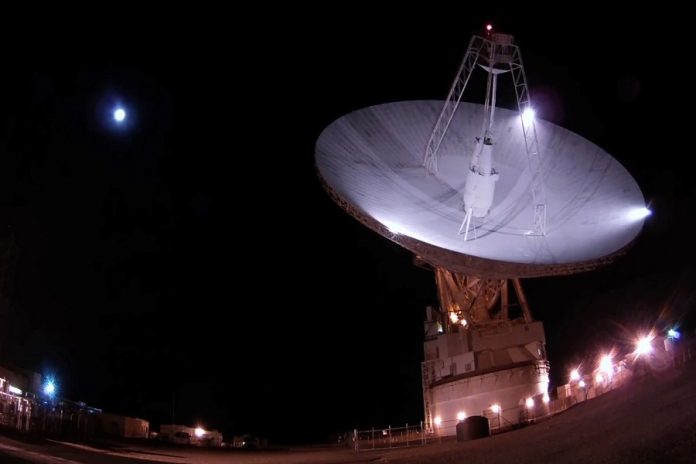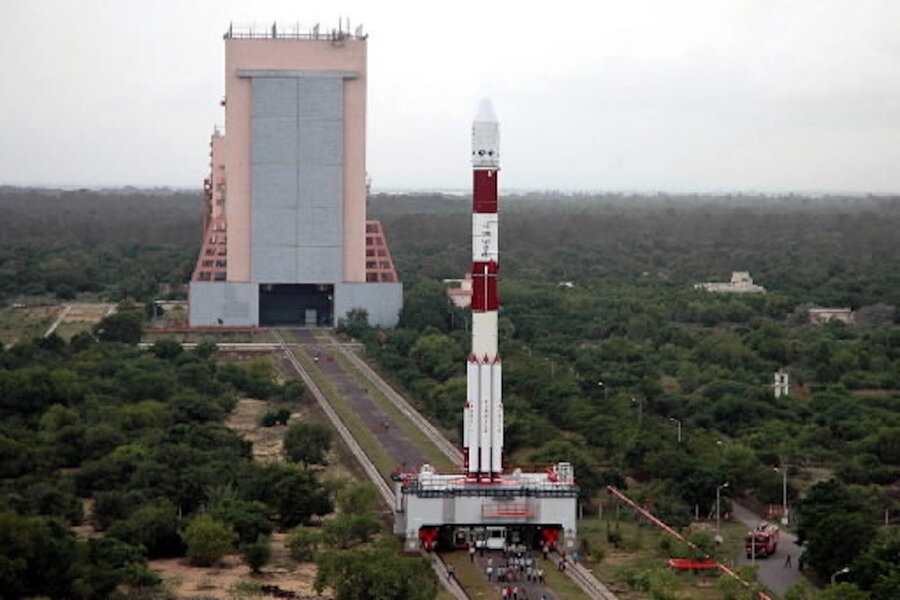
During the past week, NASA found the Indian spacecraft Chandrayaan-1 that went silent since 2009. NASA has developed a new ground-based radar technique to find lost satellite. These last few years NASA’s technology has paid off, they found the Stereo-B solar observer, the Lunar Reconnaissance Orbiter and more recently the Chandrayaan-1.
Over the last few years, NASA’s Jet Propulsion Laboratory (JPL) has been dedicated to finding the position of lost spacecraft. Recently the JPL found two lost spacecraft, the Lunar Reconnaissance Orbiter (LRO), and the Indian Space Research Organization’s Chandrayaan-1.
The laboratory did not struggle to find the LRO but finding Chandrayaan proved a real challenge. The JPL worked along LRO’s mission navigators and used precise data about the spacecraft. On the other hand, finding Chandrayaan-1 was a tough process as India lost contact with its spacecraft since 2009 and the spacecraft was significantly smaller than LRO.

To find the Indian spacecraft the JPL made orbital estimates for a rough guess. Then, the JPL proceed to use the 230-foot antenna at the Goldstone Deep communications Complex to send microwaves to the Moon. During this process, a small spacecraft crossed paths with the radar twice.
Facts about the Indian Lunar Probe
Back in 2003, the Former Prime Minister Atal Bihari Vajpayee announced Chandrayaan-1 as India’s ambitions in space technology in 2003. The spacecraft was launched in October 2008, and it was operational until 2009. The Chandrayaan original mission was to search water on the moon.
The probe was designed to analyze the lunar surface for the presence of lunar ice water. The probe worked fine for 312 until it started developing technical glitches that included the failure of star sensors. Nevertheless, the mission was labeled as a success as it achieved 95% of its objectives.
The probe was designed to analyze the lunar surface for the presence of lunar ice water. The probe worked fine for 312 until it started developing technical glitches that included the failure of star sensors. Nevertheless, the mission was labeled as a success as it achieved 95% of its objectives.
“To be declared lost and then found after eight years is a great accomplishment…Chandrayaan-1 was our first interplanetary mission and I am delighted that it has been found,” said Krishnaswamy Kasturirangan, India’s space scientists.
Madhavan Nair, Former chairman of the Indian Space Research Organisation (ISRO), praised NASA’s advancement in Radar System. Nair was impressed that NASA could track India’s tiny spacecraft from over 400,000km away. According to the ISRO, the satellite made more than 3,400 orbits around the moon during its mission. Nair also pointed out that NASA’s technology might prove handy to track and detect meteors and different celestial objects.
Source: Gizmodo











